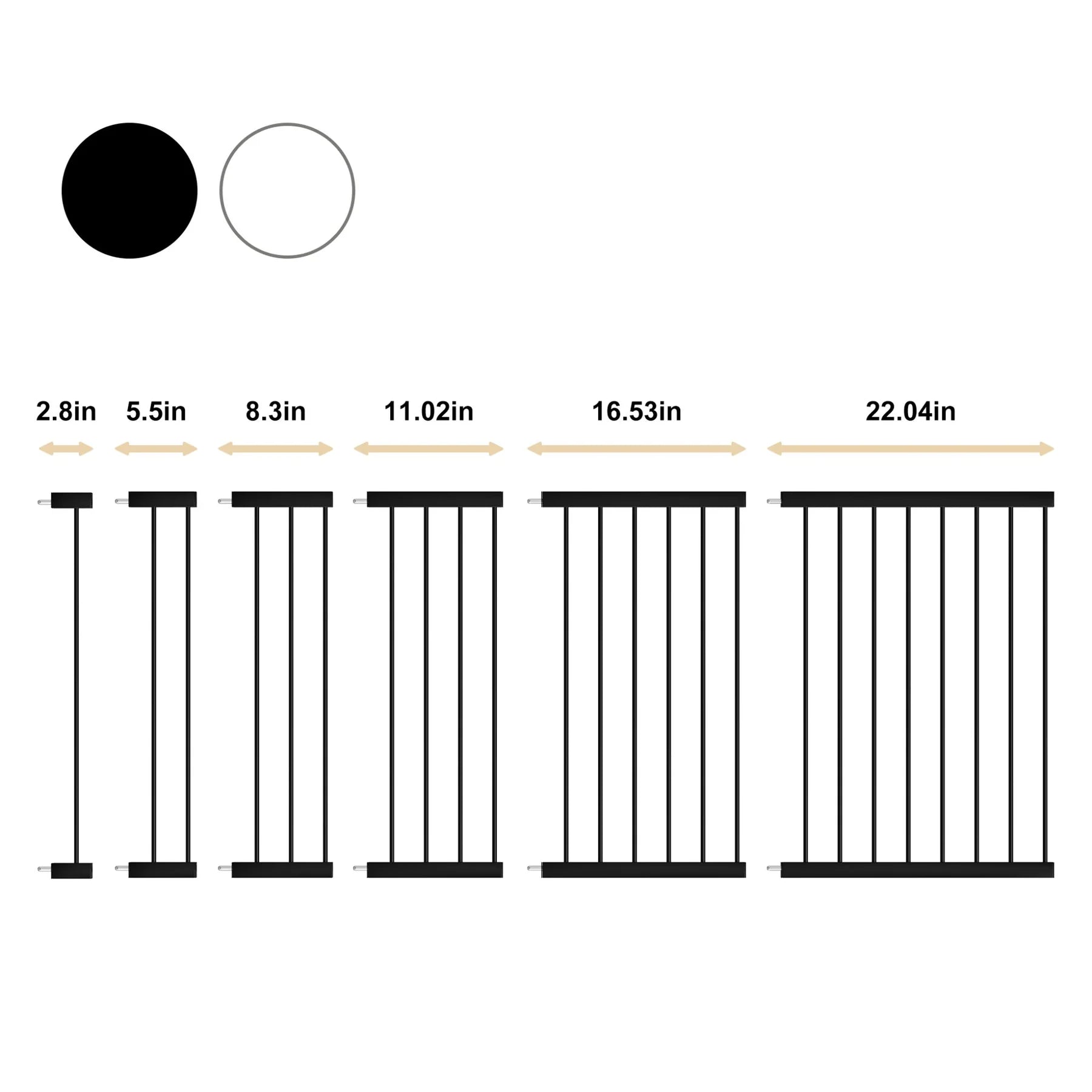Can Cats See in the Dark? Cats’ Night Vision Abilities
The vision of cats remains somewhat enigmatic, despite thousands of years of domestication and ongoing scientific research. While there are numerous myths about their visual capabilities, such as seeing in complete darkness or having superior vision compared to humans, the truth is a bit more grounded.
Cats actually can't see in absolute darkness, but they do have better vision in low light conditions due to the unique structure of their eyes. This adaptation helps them navigate twilight hours more effectively, though it's not the supernatural ability some myths suggest.
Can Cats Really See in the Dark?
While it's a common belief that cats possess "night vision," they can't actually see in complete darkness. Cats do, however, have an enhanced ability to see in low-light conditions, making them more adept at navigating dawn and dusk when they might be hunting. This capability is especially beneficial for outdoor cats during the times small prey are most active.
Many cat owners might think their pets can see in the dark because cats navigate modern homes quite well, but this is often due to the ambient light from streetlights or household electronics, not because cats can see in absolute darkness.
How Does Cats’ Low-Light Vision Work?
The unique anatomy of a cat's eyes contributes to their enhanced low-light vision. Their large eyes relative to their body and the ability to widely dilate their vertical pupils allow maximum light absorption. At a cellular level, cats' eyes have a higher proportion of rods, sensitive to light and movement, vital for their vision in dim conditions. These rods convert light into electrical signals for the brain, while cones, the other type of cells, handle color vision and detail.
Additionally, the reflective layer known as the tapetum lucidum at the back of their eyes is what gives cats that characteristic glowing eye appearance in the dark. This structure reflects light back through the retina, increasing the eyes' light detection and enhancing their ability to see in low light.
How Does My Cat’s Vision Compare With Mine?
Pet owners often wonder about the differences between their vision and their cat's. While cats have superior night vision thanks to their eye structure, they don't match up to humans in terms of clarity and color perception.
Humans surpass cats in visual acuity; our eyes contain more cones, providing sharper, more detailed vision. This difference means that humans can see the world with more clarity and are better at spatial visualization.
When it comes to color vision, humans also have the upper hand. Cats have a different type of cone composition in their eyes, suggesting they perceive colors differently than we do. While the exact nature of cats' color vision isn't fully understood, it's believed that they see colors in a more subdued or muted spectrum compared to the vibrant world humans experience.
The Power of Whiskers
Cats use their whiskers as a navigation tool in the dark, leveraging them as highly sensitive detectors. These whiskers are linked to nerves that can perceive even the slightest movements, such as a gentle breeze. As cats move, they extend their whiskers forward, which act as tactile sensors. When the whiskers touch an object, the cat is immediately aware of its presence. This ability enables cats to gracefully maneuver through complex environments like tall grass or rooms cluttered with toys, even on the darkest nights when their vision is limited.






Leave a comment